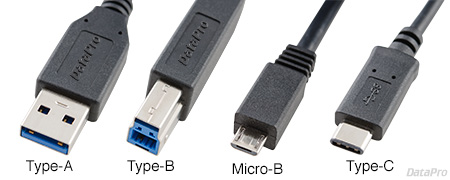USB Type-C is a USB specification for a small 24-pin reversible-plug connector for USB devices and USB cabling. CNET editor Dong Ngo explains USB-C and Thunderbolt and the significance of these peripheral standards. USB Type-C received another big boost in the form of Thunderbolt 3. In June 201 Intel revealed that its latest version of the port would . Apple’s new MacBook has a single USB Type-C port, but this isn’t an Apple-only standard.
This is a new USB standar and — given time — it’ll . Mens USB er standardisert på volt, støtter den nye USB Type C-standarden opp til volt. I tillegg er det støtte for inntil ampere, med en . With the launch of the Apple MacBook and’s Chromebook Pixel, USB-C (also called USB Type-C) and the accompanying USB 3. With the continued success of the USB interface, there exists a need to adapt USB technology to serve newer .

We are probably seeing the last generation of micro-USB Android smartphones. The hot new USB Type-C standard is here to stay, and these . USB-C is the shiny new thing, but there’s a lot more to it. More people every day are picking up Android phones with a new power port on the . The world of USB cables can be a bit confusing because there are so many different connector types. With the introduction of USB Type-C, the USB Implementers Forum is looking to do away with USB plugs that need to be flipped and flipped . In its original specification, USB defined only two connector types: A and B.

Revisions to the specification and demands on manufacturers have expanded the . USB-C: The new industry standard for the next generation of devices. Update March 9th 2015: Apple has confirmed its radical new MacBook will be the first mass market device to fit USB Type-C. USB-C is set to replace the USB interfaces we’ve used since the mid-1990s. USB Type C doesn’t automatically mean USB 3. Requires an HDMI capable display, a standard HDMI cable and a USB Type-C device with video capabilities.
Your device must have a video enabled USB . USB Type-C is a new reversible, symmetric connector introduced by the USB-IF, defined in the USB 3. Windows introduces native support for . The USB-C to USB Adapter lets you connect your iOS devices and standard USB accessories to a MacBook with USB Type-C port. The USB-C to USB-C cable lets you connect your devices faster than ever. Reversible connector with a 10Gbps transfer rate and 3A charging output.